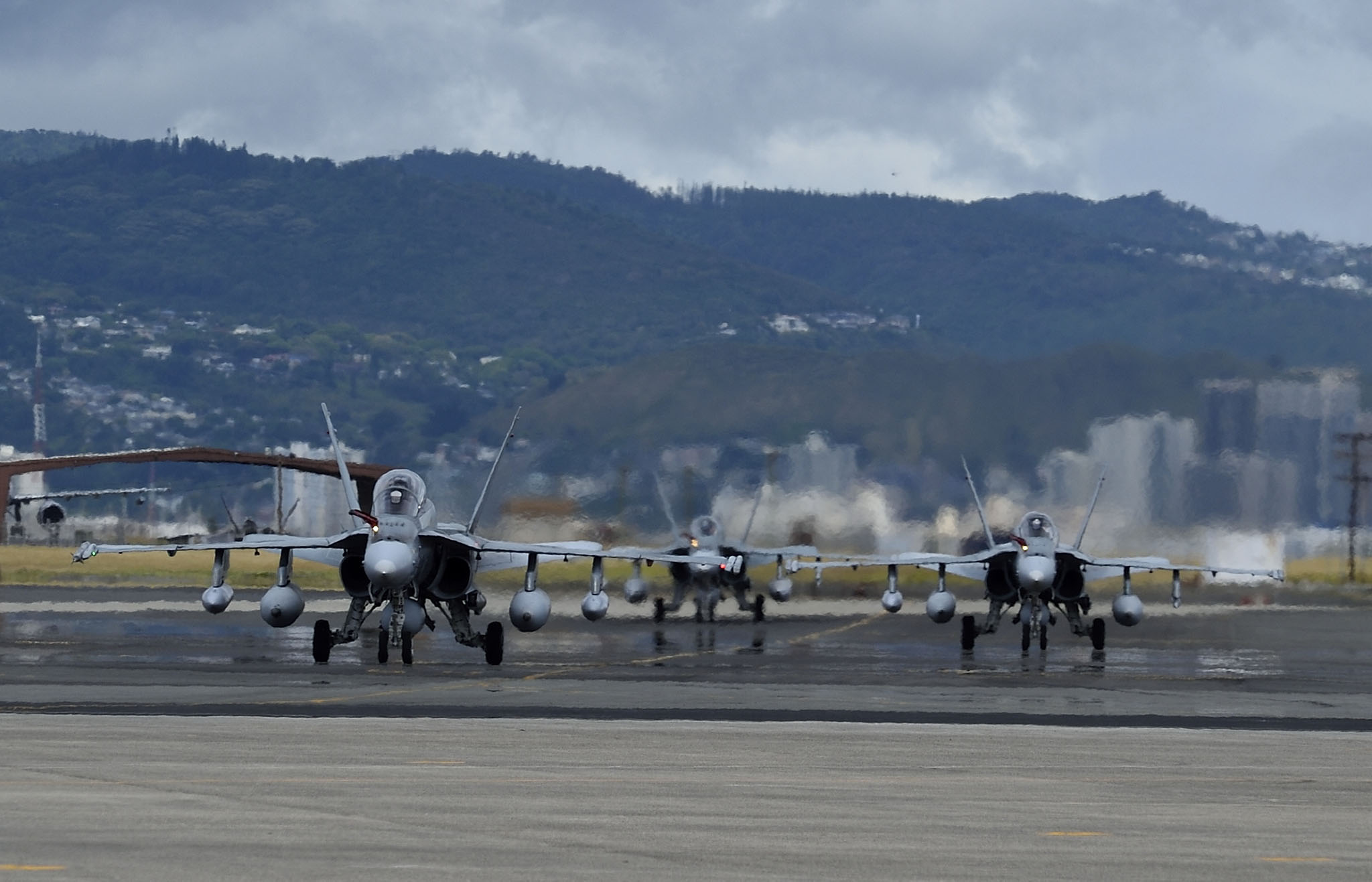By Major Mark Patterson
Exercise Rim of the Pacific (RIMPAC) is the world’s largest international maritime exercise, involving nations with an interest in the Pacific Rim region. The exercise, led by the United States Navy, is conducted every two years from the Hawaiian Islands and Pearl Harbour.
Canada has participated in every RIMPAC since its inception in 1971, when it was an annual exercise; in 1974, it became a biennial exercise due to its size. The 2014 exercise involved 47 ships, six submarines, more than 200 aircraft and about 25,000 personnel from 22 nations.
The enormous exercise provides an opportunity for all Canada’s services – Royal Canadian Navy, Canadian Army and Royal Canadian Air Force – to train with international allies and partners. As of late April, the exact date of RIMPAC had not been announced by the U.S. Navy, but it generally takes place in the July timeframe.
Although RIMPAC is a navy-led exercise, it involves a strong air power component. To prepare RCAF personnel who will deploy on the 2016 exercise, the Canadian Forces Aerospace Warfare Centre (CFAWC), located in Trenton, Ontario, developed and delivered an air operations centre (AOC) familiarization training session from March 21 to 24, 2016. Three more training sessions will take place in the weeks to come.
The RCAF will have a lead role in the RIMPAC combined air operations centre. Approximately 80 air force personnel will deploy, including Brigadier-General Blaise Frawley, the deputy commander of 1 Canadian Air Division, located in Winnipeg, Manitoba, who will hold the position of joint force air component commander during the exercise.
The air operations centre provides operational-level command and control of air and space forces to accomplish joint force commander and air component commander objectives. The air operations centre plans, directs and assesses air operations to enable centralized control and decentralized execution of theater-wide operations at the component or joint task force level. Its structure is “task tailorable” to the mission or theatre, as well as the type of operations to be conducted.
CFAWC’s familiarization package provided a detailed explanation of command and control relationships, particularly as they apply at the joint-force level. As well, the training illustrated how an air operations centre performs operational-level planning and coordination: upward with the joint force commander; horizontally with land, sea and special operations components; and downward with wings or air expeditionary wings.
 |
| RCAF CF-18 Hornets arrive at Joint Base Hickam-Pearl Harbor in Hawaii to participate in the 2014 Rim of the Pacific (RIMPAC) Exercise. The RCAF is preparing for participation in the 2016 edition of the exercise. PHOTO: Sergeant Matthew McGregor, IS2014-1022-03 |
The training session also provided an understanding of the continuous air planning cycle and allowed RIMPAC staff to meet as a group – as well as receive their initial guidance directly from Brigadier-General Frawley, RIMPAC 2016’s joint force air component commander.
With files from the Department of National Defence and United States Navy.
No comments:
Post a Comment